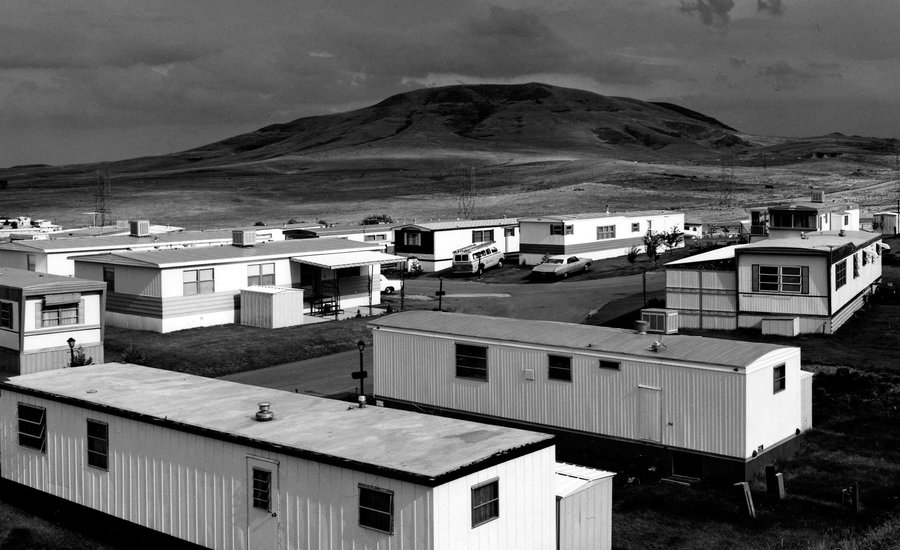What are The New Topographics?
New topographics was a term created by William Jenkins in 1975 to describe a group of American photographers (such as Robert Adams and Lewis Baltz) whose pictures had a similar banal aesthetic, in that they were formal, mostly black and white prints of the urban landscape and could sometimes be used to show the contrast between nature and the urban landscape.

Key features of the new topographics
photographs depicted the built-up environment, suburban areas, industrial structures and the mundane aspects of daily life, that were taking place in the American landscape.
Key artists of the new topographics
Many of the photographers associated with new topographics including Robert Adams, Lewis Baltz, Nicholas Nixon and Bernd and Hiller Becher who were inspired by the man-made side of the world.
What was the new topographics a reaction to?
The new topographics were a reaction to the realized change from nature to urban landscapes and reflecting juxtaposition between them, they were shown as mundane but oddly fascinating images and was a reflection of the increasingly suburbanised world around them.

Case study – Stephan Shore

Who was he –
Stephen Shore is an American photographer known for his images of scenes and objects of the banal, and for his pioneering use of color in art photography. His books include Uncommon Places and American Surfaces, photographs that he took on cross-country road trips in the 1970s.
Image analysis –

Technical –
– well lit, outside, natural lighting / outside
– shot on large format field camera
– sharp image overall while moving objects like cars are blurry
Visual –
– pavement used as line leading up to natural environment (mountains)
– Chevron signs pointing and leading to mountains
– colours shown in signs photographed represent America / American flag
– lots of different shapes, geometric
– space used with the sky taking up the majority of the image
Contextual –
– Artist in movement reflecting how new of a country is compared to old European ones
– Post world-war 2
– Taken in LA in 1975
Conceptual –
– Contrast between built up area and mountains in the background shows change in movements
Quote –
“I discovered that this camera was the technical means in photography of communicating what the world looks like in a state of heightened awareness.” – Stephan Shore

Some good initial starting points, but the project requires updating and completion now please.